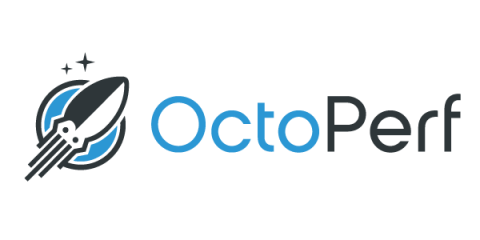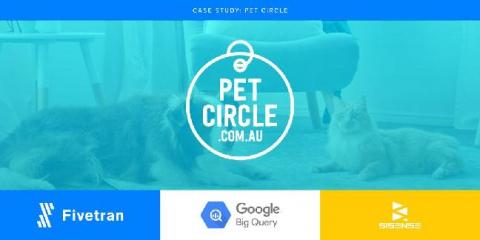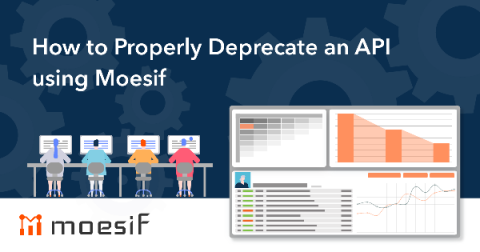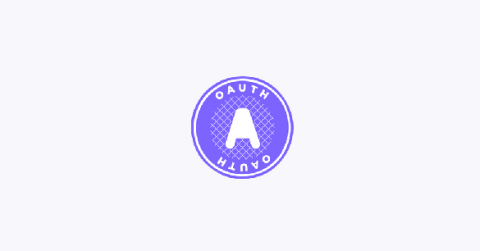JMeter Is Old
“JMeter is old technology”, I hear this a lot. “Let’s use this tool or that tool instead of JMeter as it’s the latest”, I hear this a lot. “We need a lightweight tool without the GUI interface to write our tests as that will make us more agile”, I hear this a lot.











